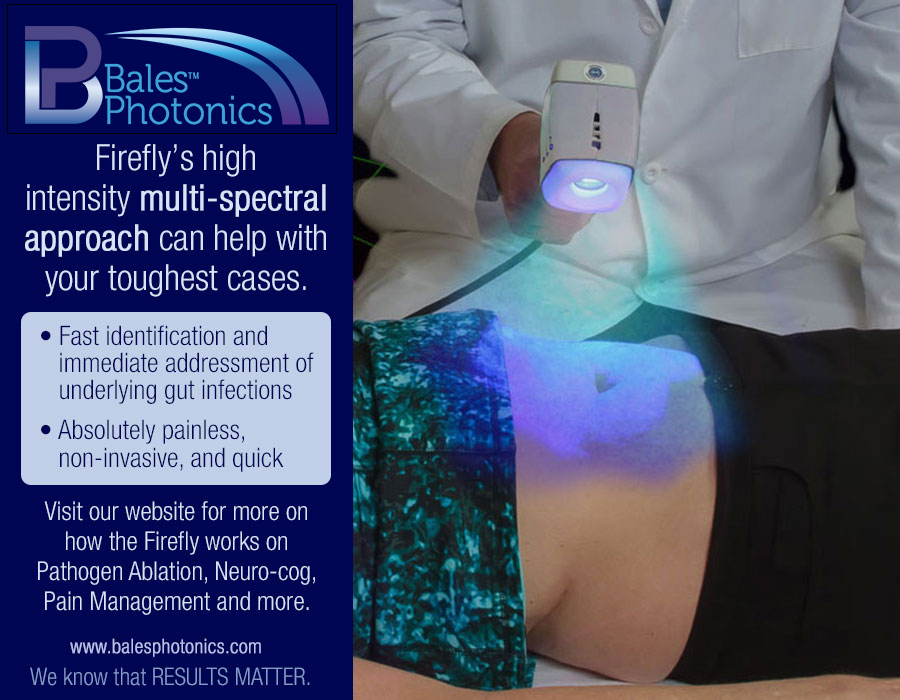Ronald Steriti, ND, PhD©
Metanx is a prescription medical food that contains active folate, B6 and B12 to help improve blood flow and nerve repair in patients with diabetic nerve damage. Each capsule contains 3 mg L-methylfolate calcium, 35 mg pyridoxal-5′-phosphate, and 2 mg methylcobalamin.
The usual adult dose may be taken as one capsule twice daily (1 capsule B.I.D.); or two capsules once daily (2 capsules QD); or as directed under medical supervision.
Non-Proliferative Diabetic Retinopathy
A study published in Clinical Ophthalmology examined the effects of Metanx (two tablets daily for six-month) in ten subjects with type 2 diabetes mellitus (n = 20 eyes) with clinically diagnosed mild to moderate non-proliferative diabetic retinopathy.
Primary outcome indicators were the percent change in mean retinal sensitivity threshold measured by macular microperimetry and the percent change in mean central retinal thickness measured by spectral-domain optical coherence tomography.
Three subjects were lost to follow-up. In the remaining seven subjects, two of 14 eyes had foveal edema that prevented microperimetry measurements due to poor fixation.
The remaining 12 eyes showed a nonlinear improvement in mean threshold retinal sensitivity (P < 0.001).
Overall change in mean central retinal thickness in 14 eyes was linear (R(2) = 0.625; P = 0.034), with a significant reduction between one and six months (P = 0.012).
Metanx intervention appeared to have some beneficial effects with respect to reducing retinal edema and increasing light sensitivity in subjects with non-proliferative diabetic retinopathy.1
Diabetic Peripheral Neuropathy
A study assessed changes in symptoms and quality of life in 544 patients with diabetic peripheral neuropathy taking Metanx.
Patients reported a mean reduction of 35% in Neuropathy Total Symptom Score-6 (NTSS-6) scores after 12 weeks on Metanx. Mean (standard deviation) score was reduced by 1.5 (1.8) at 12 weeks from a baseline of 4.3 (1.5) (p < 0.05).
Patients achieved significant reductions in self-reported disruptions in work/school activities, social life, and family life, respectively. Overall pain rating decreased by 32% (p < 0.05).
Patients previously treated with medications reported a 52% improvement in medication satisfaction (p < 0.05).
In a real-world clinical setting, patients with diabetic peripheral neuropathy treated with Metanx achieved significant improvements in total symptom score (NTSS-6) and in quality of life and functioning, together with greater medication satisfaction.2
Type 2 Diabetes with Peripheral Neuropathy
A study published in Current Medical Research and Opinion determined whether Metanx improves sensory neuropathy.
This multicenter, randomized, double-blind, placebo-controlled trial involved
214 patients with type 2 diabetes and neuropathy were randomly assigned to 24 weeks of treatment with Metanx or placebo. The baseline vibration perception threshold (VPT) was 25-45 volts.
There was no significant effect on vibration perception threshold.
Patients receiving Metanx, however, consistently reported symptomatic relief, with clinically significant improvement in Neuropathy Total Symptom Score (NTSS-6) scores at week 16 (P=.013 vs placebo) and week 24 (P=.033). Quality-of-life measures also improved.
Homocysteine decreased by 2.7±3.0 μmol/L with Metanx versus an increase of 0.5±2.4 μmol/L with placebo (P=.0001).
Adverse events were infrequent, with no single event occurring in ≥2% of subjects.
Metanx appears to be a safe and effective therapy for alleviation of peripheral neuropathy symptoms.3
Pregabalin Partial Responders for Painful Diabetic Neuropathy
A study published in the Journal of Diabetes Mellitus examined the effect of addition of Metanx on burning parasthesias in patients with symptomatic diabetic neuropathy who had obtained only partial symptom resolution with pregabalin. The authors are associated with the Saint Louis University School of Medicine and the University of Texas School of Public Health.
This was an open-label pilot study. There were 16 patients (7 males, 9 females) in the study group and 8 patients (3 males, 5 females) in the control group. A patient numeric rating scale (0 – 10) of neuropathy associated pain was obtained at baseline and at 20 weeks.
The control group continued on a fixed dosage of pregabalin without additional medication, while the study group was supplemented with Metanx, in addition to being continued on a fixed dosage of pregabalin.
After 20 weeks, patients in the study group experienced greater pain relief compared to the control group, (87.5% vs. 25% respectively, p = 0.005).
The average pain score reduction after 20 weeks in the study group was 3 compared to 0.25 in the control group (p < 0.001).
Addition of Metanx may be used for the relief of pain in patients that have obtained only partial resolution of symptomatology from pregabalin.4
Conclusion
Metanx is a prescription medical food that may be of benefit in patients with diabetic nerve damage.
References
- Smolek, MK, et al. (2013), ‘Intervention with vitamins in patients with nonproliferative diabetic retinopathy: a pilot study.’, Clin Ophthalmol, 7 1451-58. PubMed: 23898220
- Trippe, BS, et al. (2016), ‘Nutritional management of patients with diabetic peripheral neuropathy with L-methylfolate-methylcobalamin-pyridoxal-5-phosphate: results of a realworld patient experience trial.’, Curr Med Res Opin, 32 (2), 219-27. PubMed: 26439233
- Fonseca, VA, et al. (2013), ‘Metanx in type 2 diabetes with peripheral neuropathy: a randomized trial.’, Am J Med, 126 (2), 141-49. PubMed: 23218892
- Jacobs, AM and D Cheng (2013), ‘Addition of Metanx® in pregabalin partial responders for painful diabetic neuropathy’, J Diabetes Mellitus, 3 (3), 134-38.
Published June 29, 2024
About the Author
Dr. Ronald Steriti is a graduate of Southwest College of Naturopathic Medicine and currently is researcher for Jonathan V. Wright at the Tahoma Clinic and Meridian Valley Lab.
Dr. Steriti has published several books on natural health research.
NaturDoctor.com.

